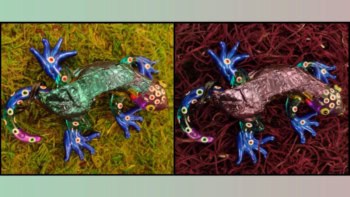This year’s Photonics West will use digital technology to engage attendees with live and on-demand presentations, as well as online networking events and a virtual industry marketplace

In February 2020, some 20,000 scientists, engineers and business insiders filled the cavernous halls of the Moscone Center in San Francisco for Photonics West, one of the last major scientific conferences to be convened before the pandemic took hold. This year the halls will be empty, but the organizers have had the best part of a year to reimagine the event as a digital meeting place for discussing the latest advances and innovations in lasers, photonics and biomedical optics.
Using several different technology platforms, including the ubiquitous Zoom, the Slack messaging service, and the event’s dedicated app, the Photonics West Digital Forum is designed to provide attendees with the same content and networking opportunities as the live event. The popular plenary and Hot Topic sessions will be live-streamed and available to watch on demand, while attendees will be able to access thousands of technical presentations in four major conference tracks. New for 2021 is Quantum West, a four-day event that will explore the role that photonics plays as quantum technology moves from R&D to engineering products for the commercial marketplace.
Alongside the technical programme, delegates will be able to take part in live networking sessions and social meet-ups. Industry events including presentations and panel discussions will be hosted online, as will the annual Start-Up Challenge and SPIE’s Prism Awards. Meanwhile, a digital marketplace will enable attendees to explore the most innovative technology solutions from suppliers from all over the world, watch product demonstrations, and engage directly with company representatives. Some of the products being featured in the marketplace are highlighted below; to find out more visit the companies’ virtual booths.
Upgrade boosts SuperK performance and reliability
The SuperK FIANIUM series of supercontinuum lasers from NKT Photonics offers the highest efficiency of any on the market, as well as the highest power in the visible range. Newly upgraded electronics and improved fibre technology have boosted performance and reliability still further, while also making the lasers even easier to use.

SuperK lasers deliver high-brightness diffraction-limited light over the entire 390–2400 nm range, providing single-mode, broadband collimation at high power. The modular design achieves power levels of up to 2 W at visible wavelengths and a total output power of up to 6.5 W, while the high efficiency improves reliability and reduces any unwanted residual pump power at the output. Adding a filter also converts the SuperK into an ultra-tunable laser.
A pulse picker option makes it possible to change the repetition rate of the laser during operation. A range of 0.15–78 MHz is available as standard, with custom options available on request, providing maximum flexibility for lifetime applications such as fluorescence lifetime imaging.
The lasers are based on a monolithic fibre architecture, which ensures excellent reliability and a lifetime extending to thousands of hours. The design eliminates the need for regular maintenance, and also enables alignment-free operation. No laser expertise is needed to generate a high-quality beam, and functions can be changed on-the-fly from a computer interface with no need to power down the system. In standby mode, the laser remembers the latest power or current setting and returns to the same level when the emission is re-activated.
Sources deliver polarization-entangled photons for quantum research
OZ Optics, a leading supplier of fibre-optic products for telecommunications and industrial and medical applications, has expanded its product line for quantum photonics. The company now offers two sources of polarization-entangled photons for applications in quantum sensing, quantum communication, and quantum computing, and with both source types, OZ can now produce high-quality polarization entanglement throughout the near-infrared and short-wave infrared frequency bands.

The first source, the EPS-1000, is an all-fibre generator of broadband polarization-entangled photon pairs, produced at telecom wavelengths with more than 80 nm of bandwidth. Based on periodically-poled silica fibre (PPSF) technology, it features turn-key, room-temperature operation, while the all-fibre design makes it environmentally stable for challenging applications such as space-based instruments.
The latest addition is the EPG-1000 series of crystal-based polarization entangled photon sources, which have been designed to meet the diverse phase-matching needs of the quantum R&D community. This source generates polarization-entangled photon pairs through the well-established process of spontaneous parametric down conversion (SPDC), and it features a compact interferometer that supports several phase-matching techniques. With additional supporting equipment, the EPG can either be used to produce photon pairs or to create polarization entangled pairs with a fidelity of more than 95%.
“These two types of sources diversify our quantum photonic capabilities and positions OZ Optics to become a global market leader in the quantum light source space,” commented OZ Optics CEO Ömür Sezerman.
For detailed specifications and additional information about these and other products, visit www.ozoptics.com.
Virtual reality enables photonics learning
The Immersive Photonics Lab from ALPhANOV is an innovative training tool that engages trainees in a virtual reality photonics lab. The immersive learning environment helps participants to master the professional and technical know-how they need for their role, whether they are new to the industry or learning to use a new piece of equipment. By helping to disseminate training programmes, it enables companies to tackle the shortage of skilled labour in the photonics industry.
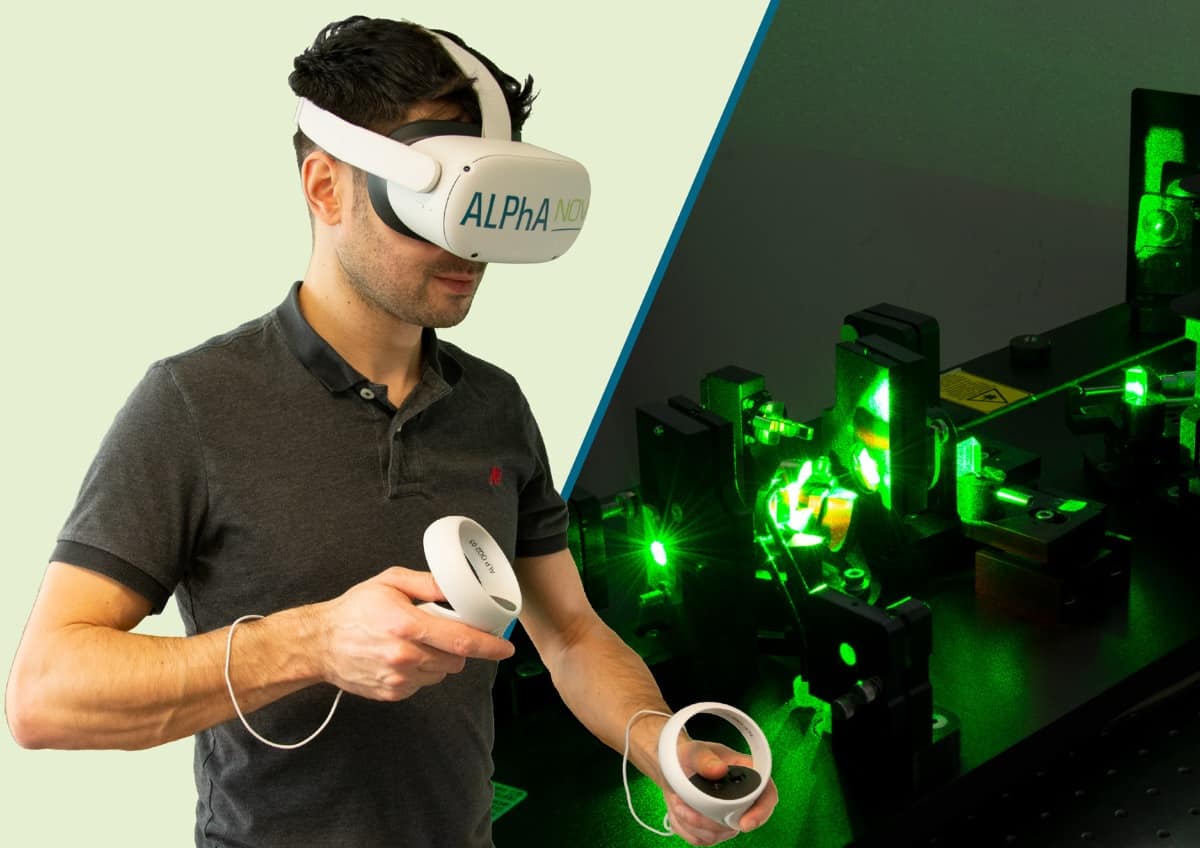
The virtual reality application, which won an SPIE Prism Award, faithfully reproduces physical phenomena and enables fast and effective development of procedural skills, whether in industrial or educational settings. The tool emulates all the equipment needed to train professionals and students, without risk of injury or damaging valuable optical components.
The Immersive Photonics Lab training application can be used anytime, anywhere, which makes it ideal for remote learning and customer training. The tool gives participants easy access to the latest generation of photonics technologies, while also reducing the need for equipment downtime to support technical training.
ALPhANOV works with each customer to developing a tailor-made training programme as well as a dedicated technical environment within the Immersive Photonics Lab.
TOPTICA rises to new laser challenges
TOPTICA Photonics will be showcasing its wide range of cutting-edge laser systems for demanding scientific and industrial applications in biophotonics, industrial metrology and quantum technology. The company prides itself on providing lasers covering the widest wavelength range on the market – going from 190 nm in the ultraviolet to 3 mm at 0.1 THz – with high power outputs even at exotic wavelengths.
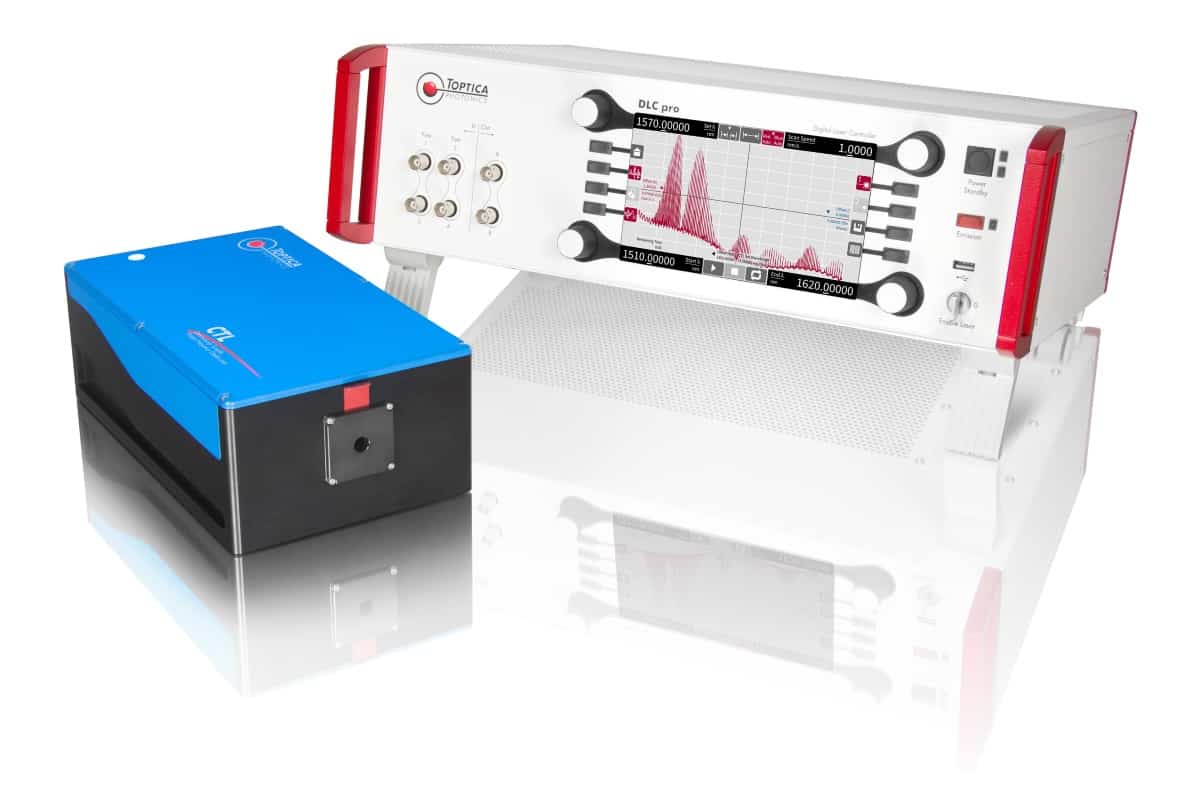
The company will be hosting exclusive educational sessions throughout Photonics West via Zoom Webinar. These will cover leading product innovations, such as the CTL continuously tunable laser with mode-hop-free tuning up to 120 nm, terahertz systems for both time-domain and frequency-domain techniques, and the TOPO laser system for mid-infrared spectroscopy and applications. Also featured in the webinar line-up is the iChrome FLE, designed to be a “flexible laser engine” for diverse applications in biophotonics, and highly sensitive linewidth analysers for controlling both ultra-narrow and broadband lasers.
Representatives from TOPTICA Photonics will also be taking part in the inaugural Quantum West conference. CTO Wilhelm Kaenders will give a presentation on the use of lasers in quantum applications on Wednesday 10 March, while the next day a panel discussion on photonics technologies for the emerging quantum market will feature TOPTICA’s Mark Tolbert.
To learn more about TOPTICA and its product range, visit the company’s virtual booth in the Digital Marketplace.
Phase-only SLM targets small-scale solutions
HOLOEYE has released a new series of compact phase-only spatial light modulators (SLMs) that are designed to be integrated into small-sized or even portable solutions. The LUNA SLM features a liquid-crystal-on-silicon (LCOS) microdisplay with an active area diagonal of 0.39 inches, and which offers full high-definition resolution of 1920 x 1080 pixels and 4.5 µm pixel pitch.
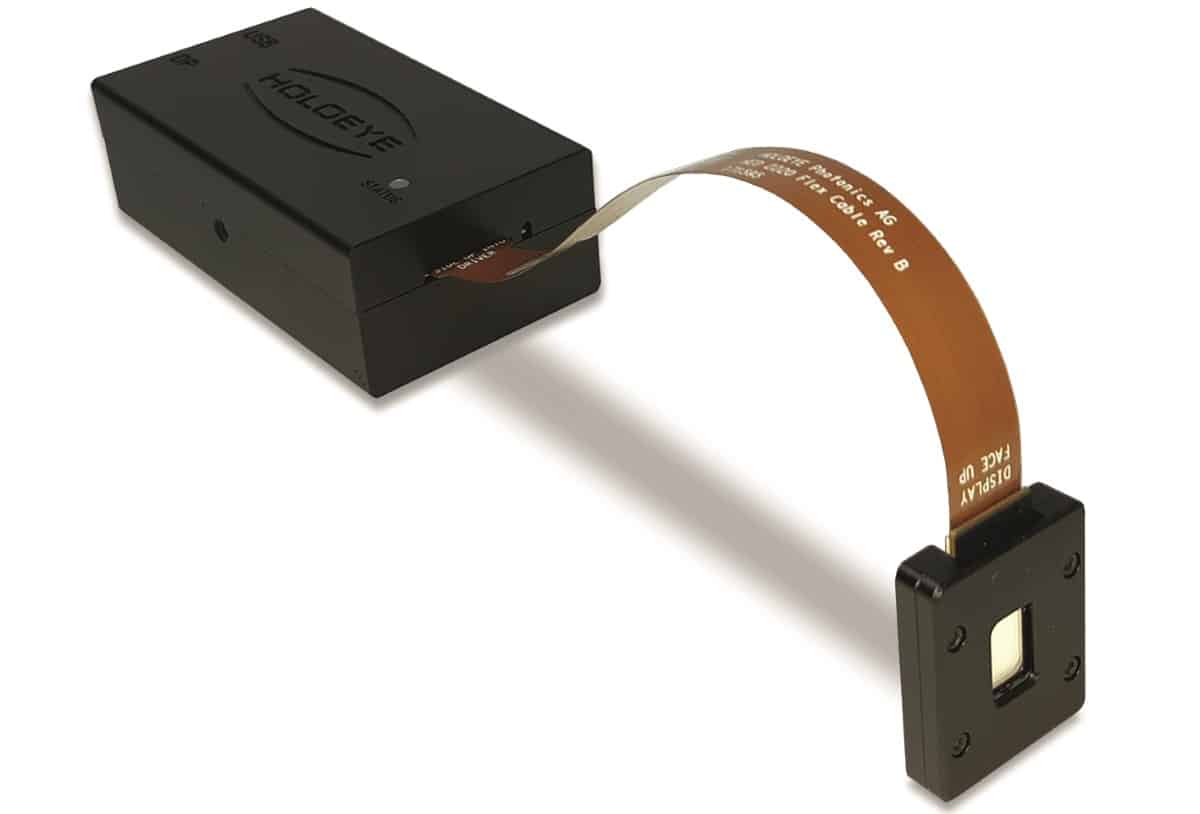
The SLM provides linear 8-bit phase levels and offers fast digital addressing via the DisplayPort video interface, which provides an input frame rate of 60 Hz. The display can even accept video data via the high-speed MIPI digital serial interface, a novel approach that offers new possibilities for industrial implementations of phase-only SLMs.
The driver ASIC is embedded in the LCOS microdisplay itself, saving board space and allowing easier integration. The standard driver box measures just 85 x 47 x 28 mm, and also features a USB connector for power and advanced configurations.
HOLOEYE currently offers two versions of the LUNA phase-only SLM: one operating at visible wavelengths, which offers a phase shift of 2π over the 420–650 nm range, and one for the telecommunication waveband operating at 1400–1700 nm.
Multichannel event timer supports 64 synchronized inputs
During this year’s virtual Photonics West exhibition, PicoQuant will unveil its latest multichannel event timer. The MultiHarp 160 is a plug-and-play time tagger and time-correlated single-photon counting (TCSPC) unit that is optimized for applications requiring up to 64 timing channels. It offers an outstanding time resolution of 5 ps and an ultrashort dead time of less than 650 ps.
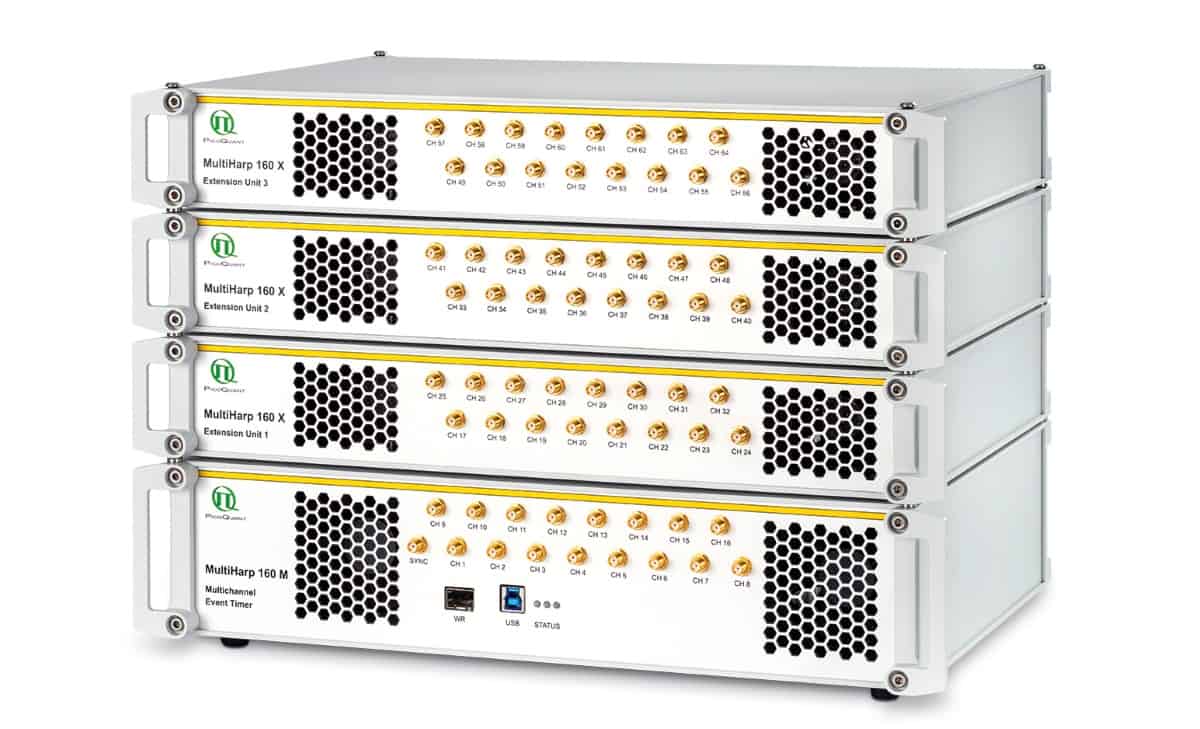
“We developed the MultiHarp 160 to meet the challenges of future TCSPC applications using many channels,” commented Rainer Erdmann, managing director of PicoQuant. “Our device provides internal synchronization of all inputs without need for additional hardware or software tools, and extraordinary throughput can be achieved thanks to a special FPGA link.”
The MultiHarp 160’s number of synchronized input channels can be scaled from 16 up to 64. A common synchronization channel, supporting sync rates of up to 1.2 GHz for periodic signals, is available as timing reference for all channels. Time tags from all input channels are combined into a single data stream that is accessible via a USB 3.0 interface. The data stream is also accessible to external FPGA boards via a dedicated interface, enabling great flexibility in tailoring the way that data is preprocessed for the specific needs of an application.
For an opportunity to preview the capabilities of the MultiHarp 160, a free webinar will be hosted by Dr Torsten Langer, sales and application specialist at PicoQuant, on 1 March 2021. Registration is possible on PicoQuant’s webinar website.
You can also find out more about the MultiHarp 160, as well as PicoQuant’s full range of pulsed diode lasers and instrumentation for time-resolved data acquisition, single-photon counting, and fluorescence imaging at the BiOS and Photonics West digital marketplaces.
Real-time laser simulation offers new capabilities
BeamXpert, which introduced the simulation software BeamXpertDESIGNER at last year’s Photonics West, has now upgraded the application to allow the export of optical setups to mechanical CAD software, improve the useability, and provide an optimized and enlarged component database.

The software enables the rapid development of optical systems for the propagation of laser radiation. By using two consecutive approaches, it is also possible to rapidly evaluate aberrations and their influence on M². All output results are based on the relevant ISO standards.
Customers of the software use it, among other things, for developing laser systems for ophthalmology and satellite communications, and for the design of high-power lasers and optics for solar-cell research and manufacturing.
One notable example is TRUMPF, which uses BeamXpertDESIGNER for developing high-power CO2 lasers that are used to generate extreme-ultraviolet radiation for lithography equipment. This application requires the simulation of optical systems with hundreds of components and a propagation length of more than a kilometre.
For more information, visit www.beamxpert.com.


